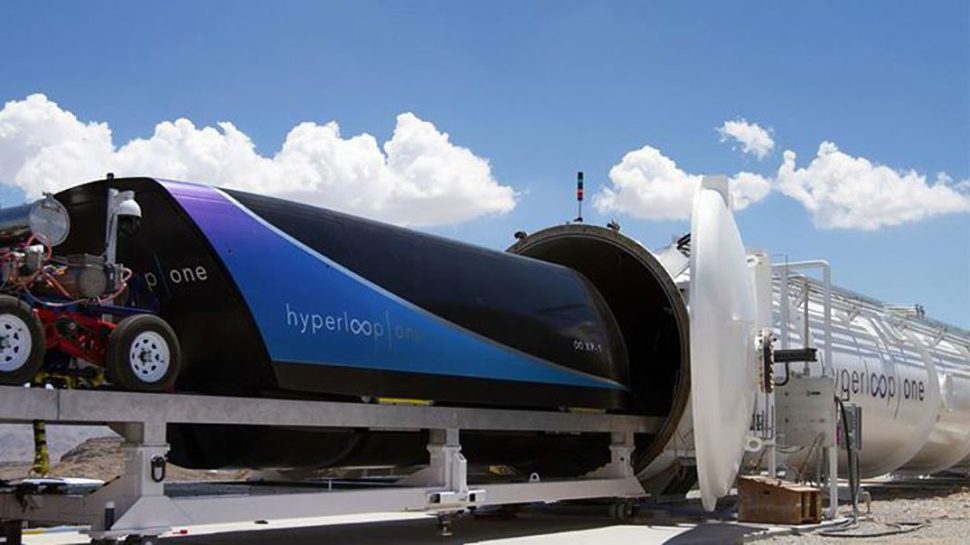A few months after Hyperloop One conducted its first full-scale Hyperloop test, the company made another breakthrough by successfully completing its second test of their Hyperloop technology.
On Saturday, the Los Angeles-based company achieved another milestone when its prototype Hyperloop pod, XP-1, made its first full-scale run on the company’s Nevada test track.
The test is considered to be just another big step among the many that the company will take as it inches closer towards the realization of its dream to revolutionize the current transit system.
#HyperloopOne achieved another milestone! XP-1 prototype reaching 192mph!Click To TweetAccording to Shervin Pishevar, Hyperloop One’s Executive Chairman and Co-Founder:
“This is the dawn of the age of commercialization for the Hyperloop.”
Hyperloop One Tested Before
The Hyperloop had finally shown what it could do when the prototype passenger pod dubbed as XP-1 conquered the DevLoop in the Nevada desert.
According to reports, the passenger capsule accelerated down the 500-meter-long test tube and reached a top speed of 192 miles per hour before it glided to a stop.

It will be remembered that on May, the first Hyperloop prototype test was only able to reach the Phase 1 target speed of 70 miles per hour.
Tech Crunch further reported that the new test broke all recorded Hyperloop speed test records ever conducted. That includes those done by research organizations who participated in SpaceX’s pod design competition.
To execute the test, the engineers and researchers of Hyperloop One loaded the 28-foot-long pod into the 1,600-foot-long DevLoop. Using an electric propulsion system that produces more than 3,000 horsepower, they let magnetic levitation take over and power XP-1.
The pod, which was described as something similar to a bus but with a beak, accelerated through the 11 feet in diameter tube, eventually reaching 192 miles per hour in just 5 seconds.
Magnetic levitation played a significant role during the test. Apparently, mag-lev reduces drag to boost the energy required for the passenger pod to achieve near-supersonic speed. If that is not enough, the Hyperloop One engineers also pumped nearly all the air out of the tube to reduce the pressure and help the pod run smoothly.
According to Josh Geigel, chief engineer of the project, Hyperloop One is working really hard to crack myriad challenges. Right now, the company has feasibility studies under way in Dubai and Finland. Hyperloop One also said that it is in talks with U.S. government officials about building a Hyperloop in the country.








Comments (0)
Least Recent